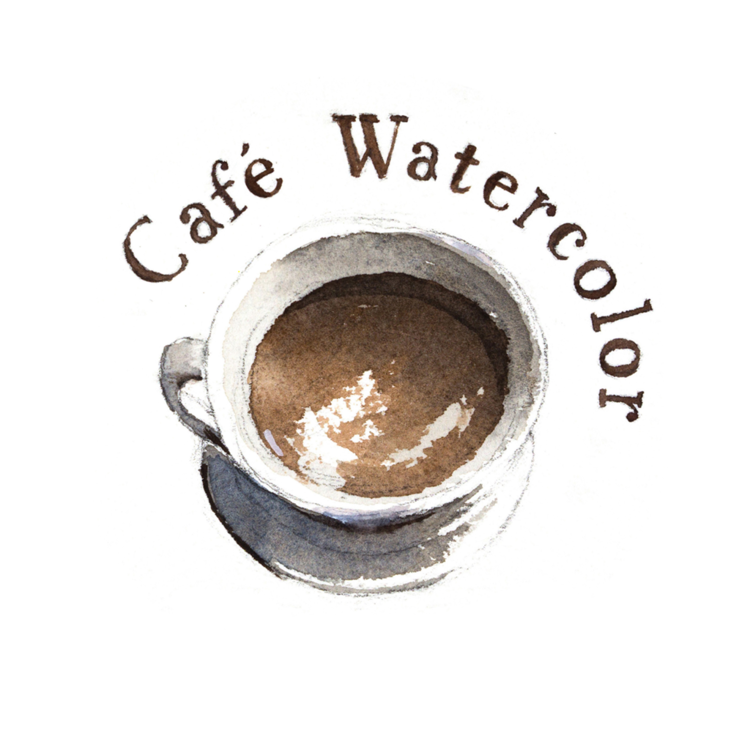Most of things in this painting are done in very few washs
Students quite often came to me and asked, “How do I fix this?” I usually only have one answer to this dreadful question, “leave it, start a new one” I don’t want to be rude or unwilling to help, but my fear is that they get caught up by all the different ways to fix their finished painting instead of doing it right in the beginning. Unlike oil, the beauty of watercolor is its translucency and freshness. The way light penetrates through each transparent layer of paint and illuminates the whole painting is what makes it unique. For opaque medium like oil, you can simply paint on top of it and make it richer and thicker. In other words, oil paint is easier to “fix” while watercolor isn’t.
You must remember this simple principle – “one wash, one shape” When you put down a wash, before the paint is dry, you have one shot to make it look good. Ask yourself these questions:
- What’s the shape and size you are trying to paint?
Wether it is a big wash for the sky, or a small rock at the riverbank, you need to know what you are going to paint BEFORE your brush touches the paper. If you try to figure it out as you paint, you will have a lot of unconfident brushstroke and many unfinished shape.
- What’s the intensity of the wash?
Generally, the first wash is very light. But even in a light wash such as the sky, the intensity can change within a single wash. Again figure it out before you start the wash. You cannot spend time on thinking and planning after a wash has started, because it will dry before you can execute your plan.
- Is this finished?
This is probably the hardest thing to judge. But you have to know when to stop. If you are starting to like how the wash is looking, then you should learn to leave it. It is very easy to fall into the trap of trying to improve it. You might end up overwork it and lose that good shape. On the flip side, if you feel this wash needs more intensity or variations, this is the time to do it. Otherwise when the wash is dry, it’s all over.
By now you probably feel intimidated because on top of the above three things, there are also other things such as colors and edges. You might wonder how you are supposed to figure all that out? The answer is you don’t, not at first anyways. Every single one of those points requires practice and learned by doing it. Like when you first learn how to drive, you have many things to think about. What’s the speed, where to turn, how hard do you step on the brake, where to watch out for other cars, etc… But if you are an experienced driver, you don’t think about those anymore, because they become your second nature when you drive. Same thing for watercolor, the more you paint, the more you are familiar with the medium and the easier it gets.

